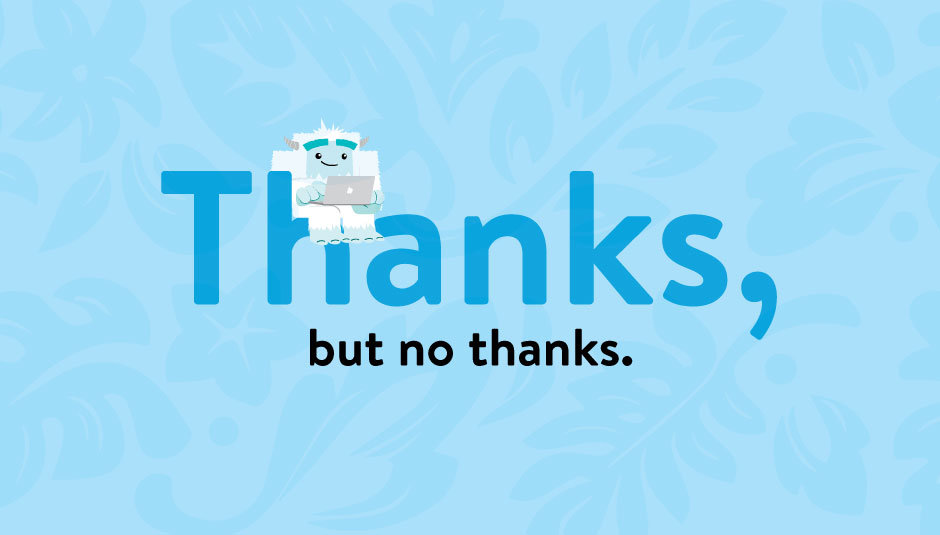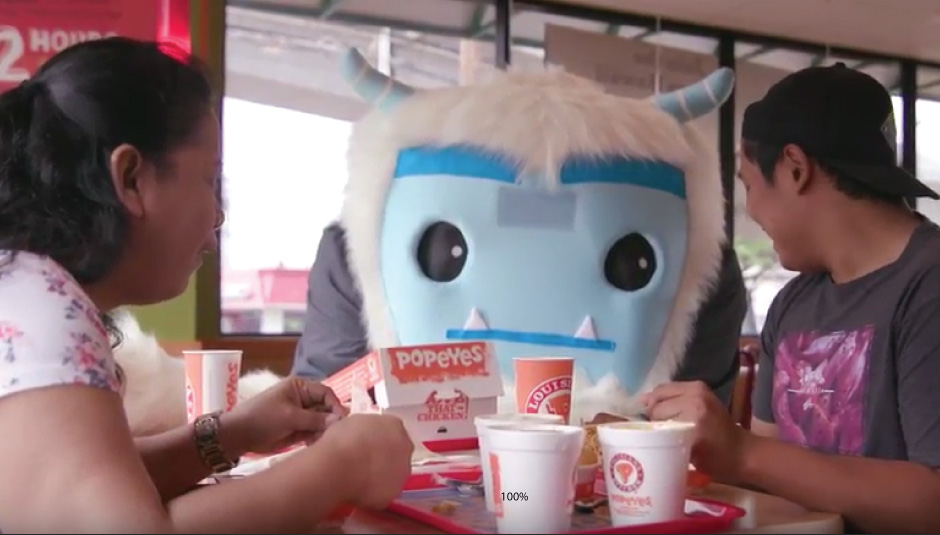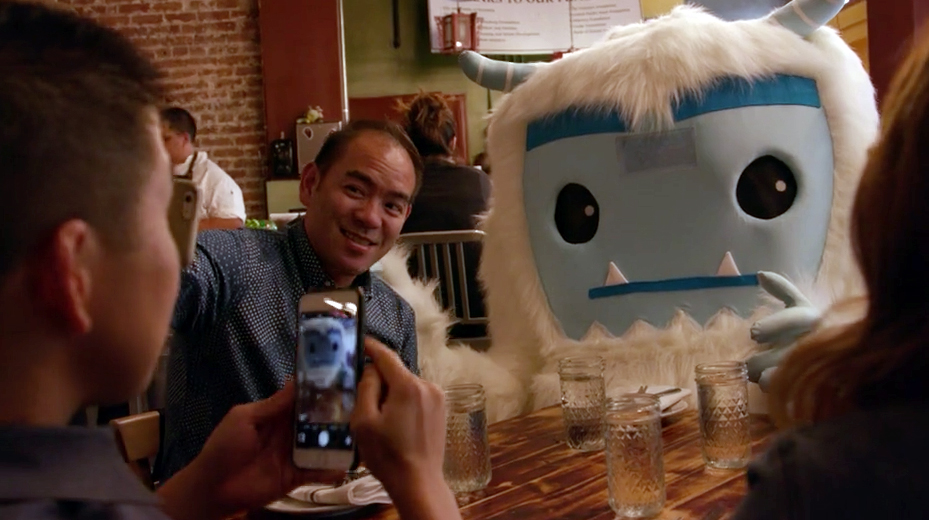Thanks, But No Thanks: Tips for Turning Away an Applicant

Turning down an applicant is probably not on your list of favorite things to do—50 percent of hiring managers would rather avoid it altogether—but it’s a necessary evil in the world of hiring and one that cannot be avoided. But not only are companies stuck with turning down unqualified applicants, they have to do it in a way that doesn’t leave these individuals angry…or risk damaging their company’s bottom line. This is especially true here in Hawaii where news travels fast and reputations are put on the line through our “coconut wireless” system.
As an employer, keeping your rejection methods quick, responsive, and personalized sheds a positive light on your company for not only current, but future applicants. Here are five tips for dealing with the uncomfortable yet important task of telling a candidate, “thanks, but no thanks”.
- Don’t beat around the bush
During the hiring process, you’ll come across resumes that don’t fit the bill and are considered ‘immediate no’s’. If you aren’t considering an applicant, let them know right away. Most jobseekers are pursuing multiple opportunities at a time, so beating around the bush could cost them another position.
- Keep responses neutral and non-specific
It’s safe to assume that you don’t have time to play career counselor nor do you want to spend your day dealing with argumentative applicants. So keep responses neutral and non-specific. Leave out information as to why another applicant is more suitable, or what specifically you don’t like about a candidate’s resume. “Thank you for your interest, but we have decided to pursue other applicants” is a safe bet. Though cliché, it can help keep your company legally protected from claims of unlawful or discriminatory conduct. And remember, most of the time a simple response is better than no response at all.
- Provide feedback when requested
The only instance where you may need to spend more time talking with a candidate about their rejection is if you are deeper into the hiring process—say if you’ve brought someone in for multiple interviews. In that case, the candidate may ask you for feedback as to why they weren’t chosen or how they can improve in the future. Stay focused on skills and experience and avoid delving into the individual’s personality or attitude as a reason for not choosing him/her.
- Personalize it
Just because your responses are generic doesn’t mean they shouldn’t be personalized. Whether you call or email, be sure to include the applicant’s name and the specific position they applied for. This acknowledges the person’s time and shows that you took the time to review his/her credentials.
- End on a positive note
Soften the blow of being rejected by keeping your conversation upbeat and positive. Always thank the applicant for their time and interest in your company. Try to find ways to encourage and build their confidence on their way out the door.
By treating your applicants well, they’ll be more likely to continue to support your company in the future, even if you don’t end up hiring them. Not only that, but you’ll help ensure that your rejected applicants aren’t making a negative impression on your brand in the community.





